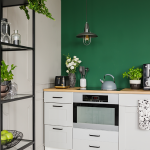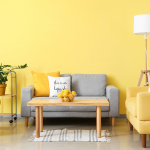Texture bestows character! Previously, painting the walls in different colors was the only way to give them personality. However, the greatest trend in interior design right now is wall texture patterns for the various rooms, which are a fantastic method to convey the whole feel of the home.
There are countless possibilities available to homeowners, and each wall design is distinctive and displays the mood of the space. Therefore, this article is the only source of information you will need if you’re curious about the newest wall paint texture patterns for rooms.
Additionally, for smooth home renovations, try Berger’s Express Painting, Interior wall paint, Paint calculator, and Virtual Painter!
What is Wall Texture Designs?
A wall texture is a design or pattern that a painter or designer may apply to a wall. For the hallway, bedroom, or any other room of your choice, you may select contemporary, stylish, kid-friendly, or royal texture paint schemes. Creating patterns and distinctions on the painted surface using tools or manipulating putty can produce these textures.
Significance of Wall Texture Designs
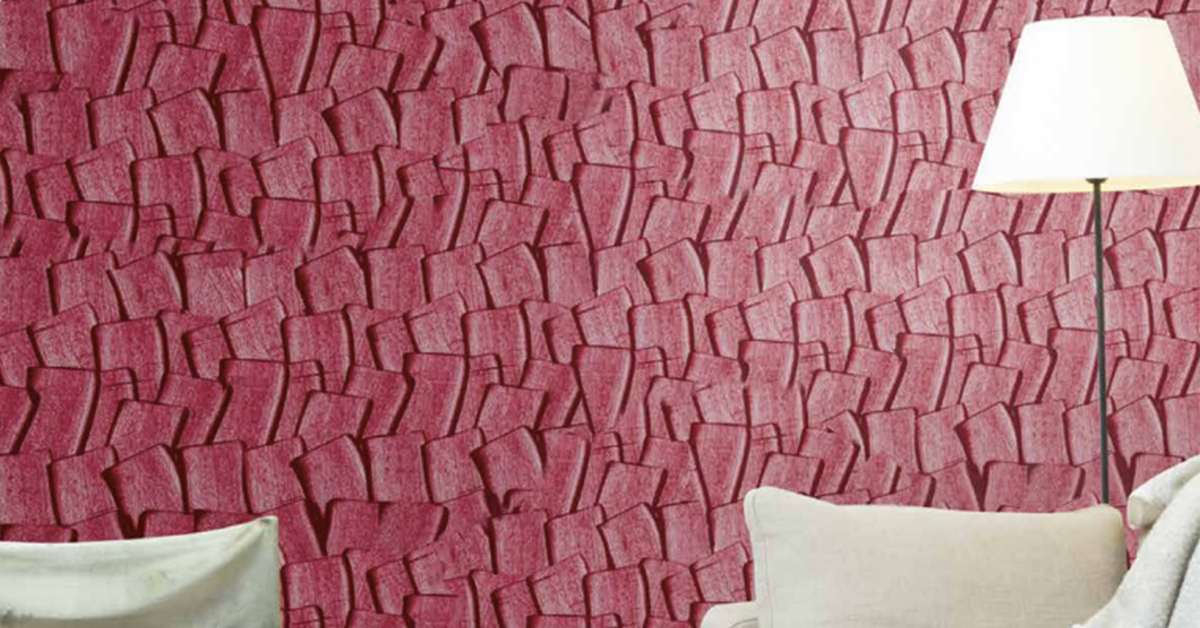
Create a polished appearance
In households across India, wall texture is typical. Even though the fashions might differ greatly, the bulk of the homes you enter has sheet-rocked walls with texture. The texture’s familiarity with most people can aid in giving the walls a polished appearance. It is frequently the last stage of building a new home or modifying an older one, indicating that the walls are prepared for painting.
Establish a distinct aesthetic
Wall texture may be used to provide a certain look. This is because of the numerous ways that wall texture may be used. You may experiment with wall texture or enlist the aid of a specialist if you want to include it in your design.
Latest Wall Texture Designs
Here is a selection of this year’s inspiring new wall texture design ideas.
Classic Wall Texture
A classic wall texture will make your area seem snug and welcome. To create distinct moods in your space, use different colors of paint with a traditional texture. For a calm atmosphere, combine light blue paint with cream-colored plaster.
Lines Wall Texture
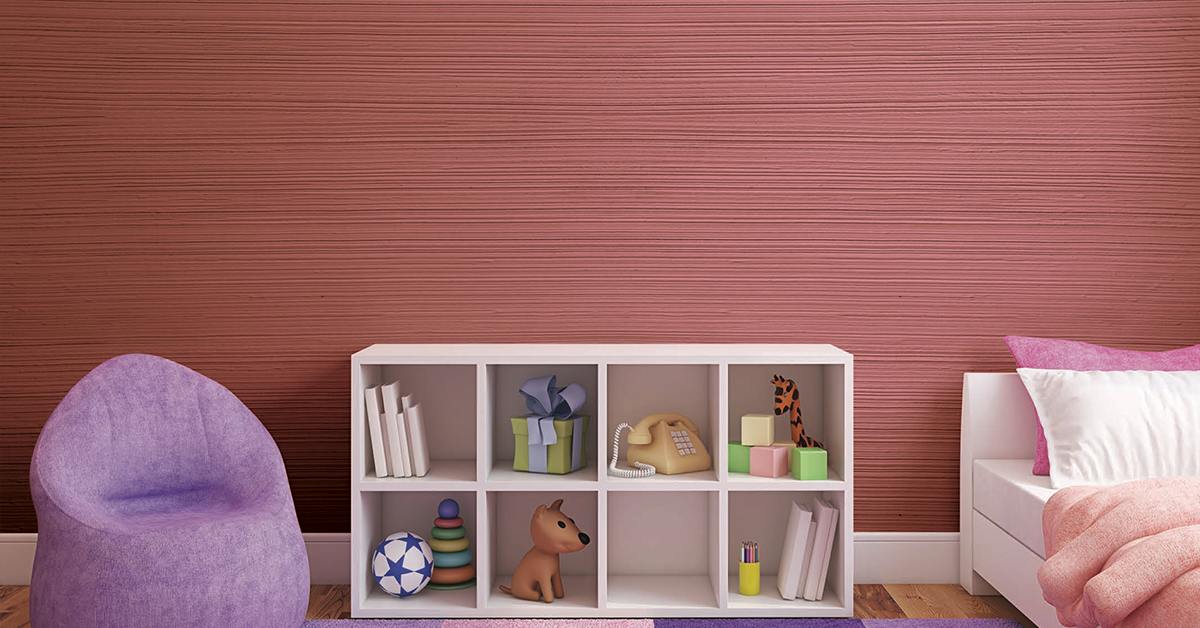
The use of lines is one approach to creating a luxury paint design. The first stage in this method is to use a roller to apply a base coat. Then, whether you want straight or feathery lines, select the right brush.
Marble Wall Texture
Natural marble may give class to any place, whether commercial or residential, for years to come. You can choose from a variety of marble textures for your house. Berger can assist you in choosing the best marble textured wall in India.
Artistic Wall Texture
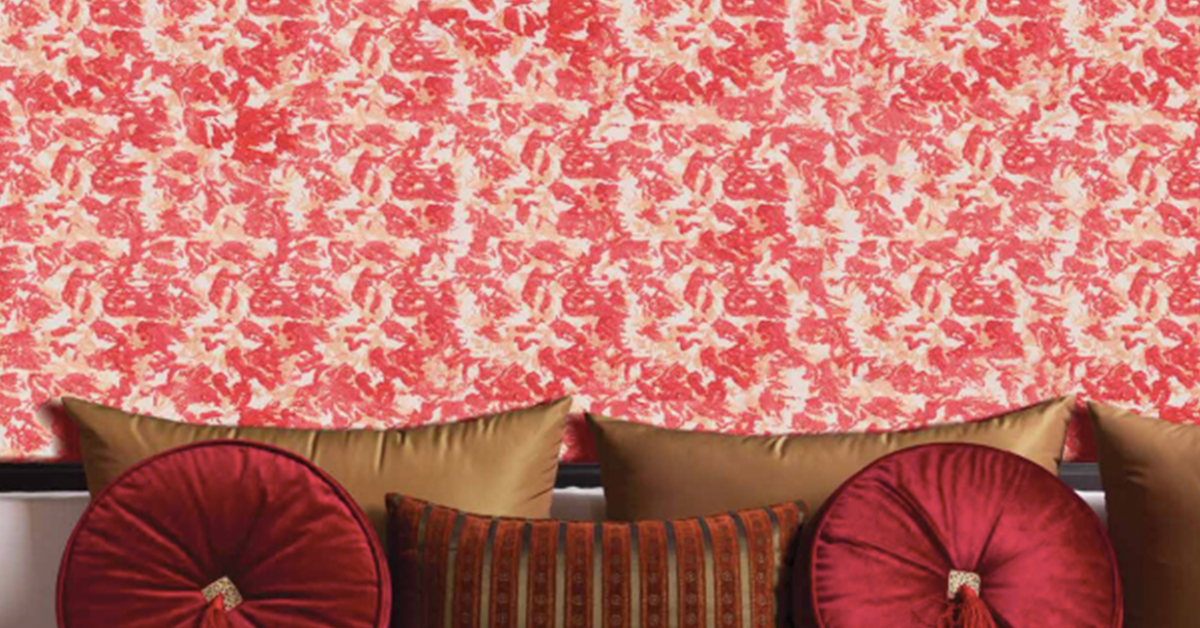
Artistic wall textures are a terrific way to bring a personal touch to your house. Papyrus Design, Manhattan style and glass beads are all examples of artistic wall texture.
Wifi Wall Texture
If you want a wall texture that looks like a piece of art, here’s a design to get you started. In the Wifi wall texture, a lovely combination of several hues of green creates a mixture of urban and rustic characteristics. The magnificent wall texture pattern, as shown here, not only softly enriches the room but also perfectly compliments the metallic tones in the chandelier and wall frame.
Concrete Like Wall Texture
Concrete is the newest wall paint trend. You may create the appearance of textured, cement-like paint designs on your walls. This is a stylish and popular option that is simple to execute.
Royal Hues Wall Texture
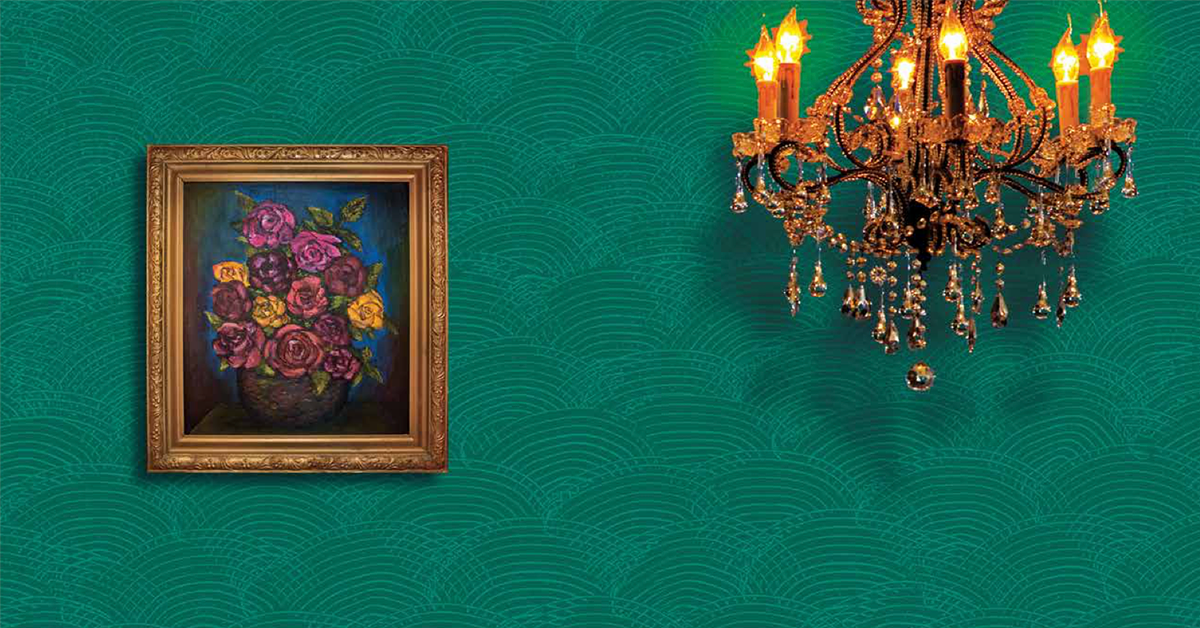
Royal Hues are one of the popular textures in home decor right now. It has a strong and rich appearance and a distinct pattern comprising paint strokes and finishes such as copper, gold, and metallic hints.
Rustic View Wall Texture
Rustic wall texture design is a wall texture style that has grown in popularity in recent years. The rustic, earthy aspect of this design genre sets it apart. Walls made of stone or brick are frequently rough and irregular in texture, giving your house an old-world feel.
Colour Wash Wall texture

Painting a wall with a color wash is one approach to enhance texture. This method is frequently employed on untreated or painted walls with a basic, flat surface. Wait for the wall to dry after applying one layer of paint in the desired color. Then, apply a second coat of the same color, dilute it with water, and use an angled brush to drag the paint over the wall in streaks.
Spatula Wall Texture
The Spatula Wall Effect is a technique created by artist Gabriela Ochoa. The procedure begins with a white surface, followed by a thin coat of paint applied with a spatula dipped in paint and pressed against the wall. This produces the appearance of a spatula scraping over a surface.
Criss Cross Wall Texture
Textures with criss-cross patterns are particularly popular in home decor. This textured effect may be achieved in a variety of ways. On a brick or stone wall, one way is to paint two contrasting colors, one deeper and one lighter. Then, with a sponge roller, “cross” the darker and lighter colors. The darker color will seep into the cracks and crevices of the lighter color, creating the desired criss-cross pattern.
How to Apply Wall Texture?

Patch Surface
Before you apply the stipple texture, wall and ceiling surfaces may need to be fixed.
Use either lightweight spackle or drywall compound (mud) to fill up any holes or chips. Force the compound into the hole with your drywall knife, then quickly smooth it across the surface with its edge. Spending too much time on this may cause the texture material to cover it. Typically, merely smoothing the surface with a drywall knife is sufficient instead of sanding.
Prime Surface
Put on a layer of drywall primer or flat white latex paint. Dry it out. Because texture paint applied immediately to bare drywall will permeate the wall surface, your efforts will be compromised; this pre-coat is crucial.
Mix texture compound
By diluting drywall compounds in a 4:1 ratio with water, you can make your own cheap wall texture material. To fully mix the texture compound, use a drill attachment and a 5-gallon bucket. The mixture should be blended until it resembles thick latex paint. It ought to be supple and simple to roll on.
An alternative is to buy texture paint that has already been blended. Popular products include Berger. As instructed by the manufacturer, fully stir the paint before using it.
Apply Wall texture
A two-step rolling method is used to texture surfaces: first, the material is applied, and then, once it has partially dried, it is again rolled over. The most difficult aspect of the procedure is getting the timing right.
The texture material or texture paint should be put into a paint tray. Apply the texture to the wall or ceiling surface by dipping a paint roller into the paint tray, rolling it out, and doing so. A regular roller cover will create a texture. Still, there are also specialized roller covers made for stippling that are available.
When using professional texture paint, follow the package guidelines since the manufacturer can suggest a single application.
Let the texture dry.
Allow the texture to dry partially—about halfway to complete dryness. To check for dryness, press your thumb into the surface and draw it out. The end product should be sharp spikes, similar to a meringue.
Conclusion
These days, texture patterns are hugely popular and are simple methods to give your home character. Your living room, bedroom, or any other place you feel needs improvement might benefit from texture design ideas. You have various textures to pick from, like orange peel, popcorn, and trowel. Consult your interior designer to determine which look would suit you the most.
FAQs
Are paints with texture designs easy to maintain?
Yes, it is simple to maintain. Texture paint on walls may be any color, from plain to shiny.
How does one cover roughness or imperfections in walls using wall texture design?
Textured paint is an excellent technique to hide imperfections on walls.
Fill in any gaps or defects using the following steps:
- Cut a new piece of drywall or apply spackle to patch the hole.
- Smooth the patch with the joint compound.
- If desired, apply a second coat of compound.
- Smooth over the compound or spackle, or leave it textured.
How to clean a dirty textured wall?
- Gather all of your cleaning supplies.
- Remove the dust using a vacuum cleaner.
- Make the Cleaning Solution.
- Examine the Cleaning Agent.
- Using a cleaning solution, scrub the wall.
- Clean the Wall.
- Allow the wall to dry.
Can I paint over textured walls?
Priming is frequently a crucial step before painting; however, it is required when painting over textured walls. A textured surface’s nooks and crannies might impede paint adherence. Priming the surface improves paint adherence and serves as an initial coat.
How do one choose a wall texture?
Consider your architectural style, budget, and lighting when selecting the best wall texture for your house. Contrasting textures on the ceiling and walls, or even distinct textures in various rooms, may be desired.

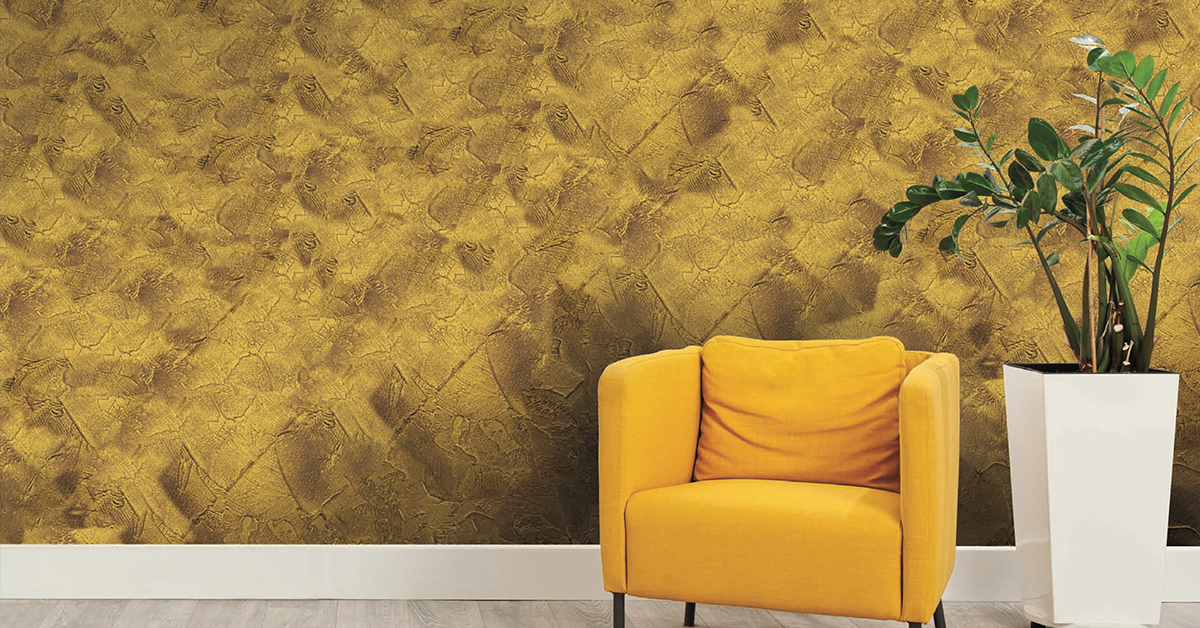
 Get in Touch
Get in Touch